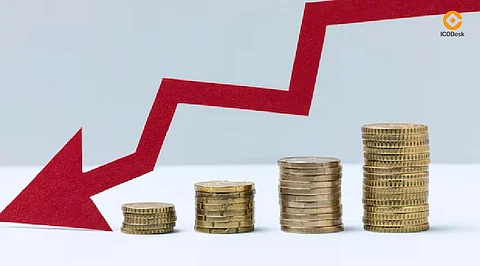

According to the National Statistics Office (NSO), India's retail inflation was at its lowest in 8 years, standing at 1.6% in July 2025. It dropped steadily, as it is the ninth consecutive month of eased inflation. One main reason for this decline has been declining food prices, which have met a very favourable statistical base.
Food inflation has been at its lowest since January 2019, -2.2% compared to -1.8% recorded in July. The most significant decline was in vegetables, with an average drop of 20.7%, and pulses and related products, which dropped by 13.8%. There were also lower inflation rates in other categories in the month, including cereals, sugar, and eggs, as well as authorised beverages.
Another significant slowdown was observed in core inflation excluding food and fuel products. It went as low as 3.9%, the weakest in six months. On an excluding gold basis, core inflation dropped even lower to 2.96%, implying greater price stability in the main non-food sectors.
The NSO report has raised a difference in rural and urban inflation rates. In the rural regions, the retail inflation was 1.2% but urban areas showed a slightly higher figure of 2.1%. This contrast implies that prices fell more prominently in the rural markets in the month.
Food inflation was a significant factor in the rural counterpart, where the prices of essential food commodities like cereals, vegetables, and pulses affect household budgets. Consumers in urban areas experienced moderate relief in purchasing power in products such as transport, communication, and education, among others, which explains the slightly higher rate above rural areas.
Analysts regard the RBI as maintaining a cautious interest rate approach since inflation is currently far below the central bank's target range of 2-6%. Although the current numbers will act as a redemption, the RBI will continue to monitor the external risks.
Among the most essential risks, one may consider the potential impact of the new US tariffs on international trade and India's development. Inflation is under control currently, but policymakers might take time to evaluate all the consequences of the current global situation before responding by changing monetary policy.